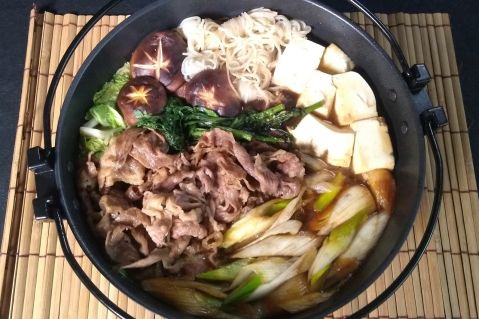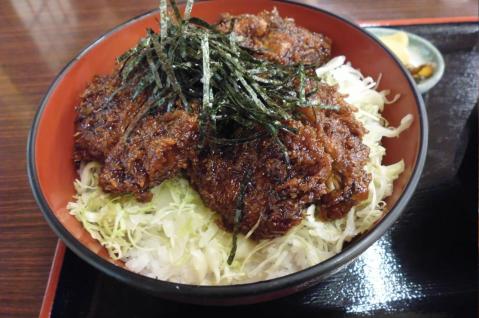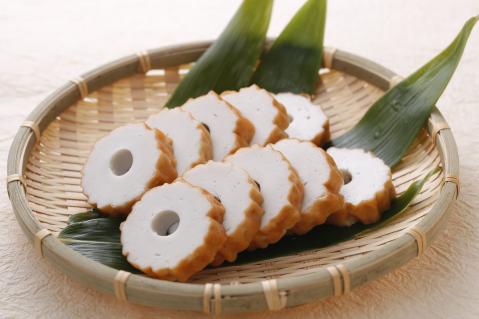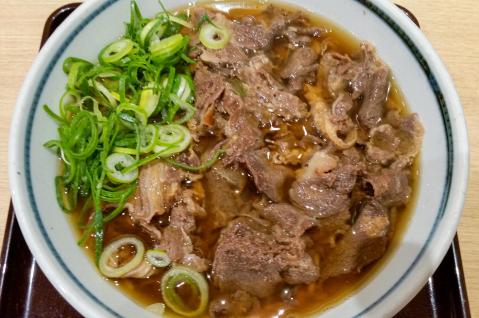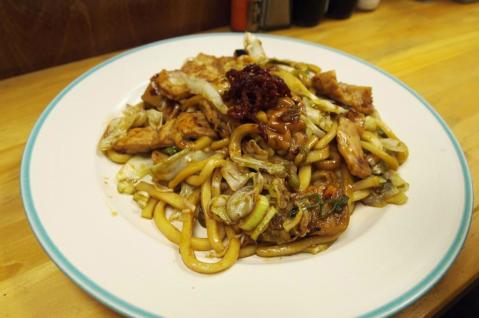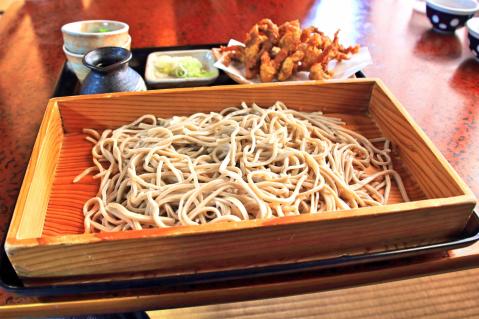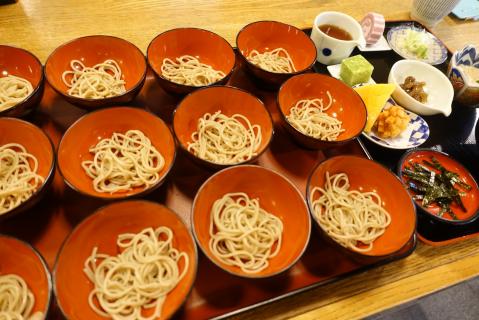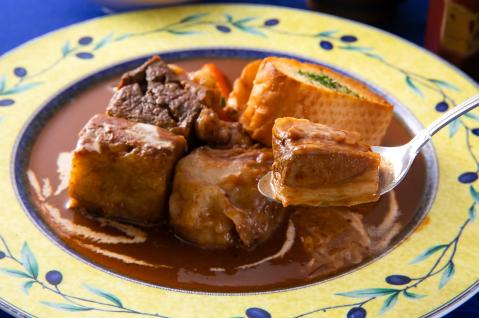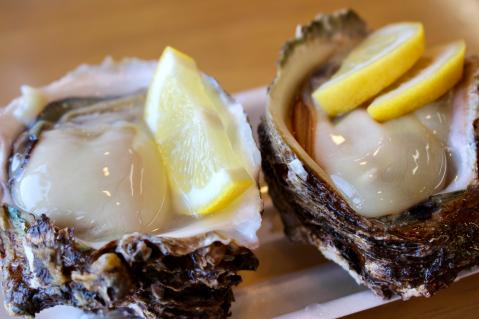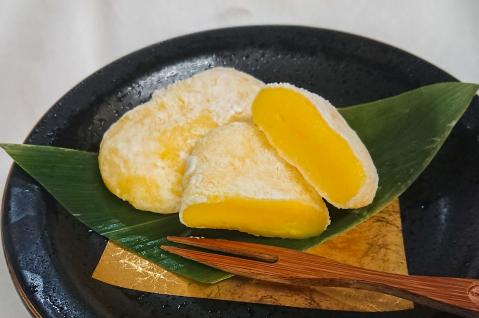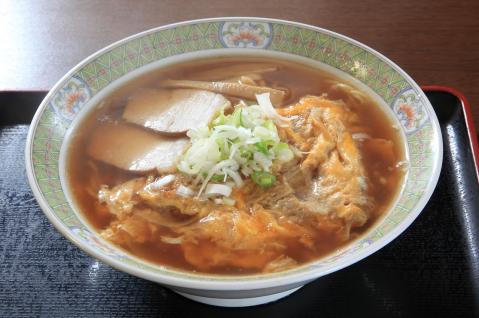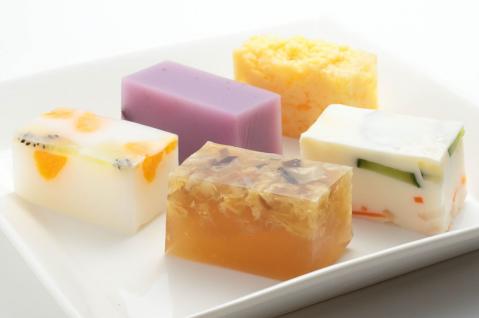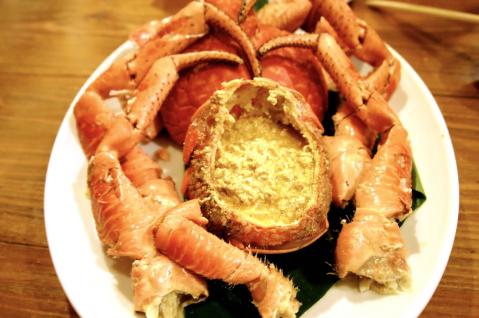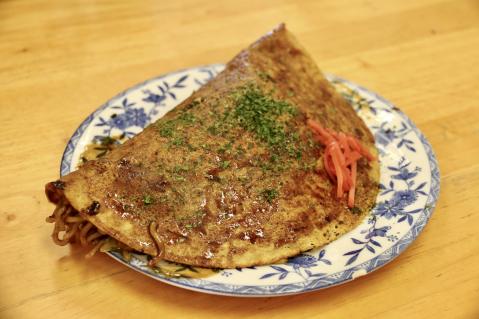Himokawa Udon
Delight in Gunma’s tradition with wide, ribbon-like noodles – Himokawa Udon
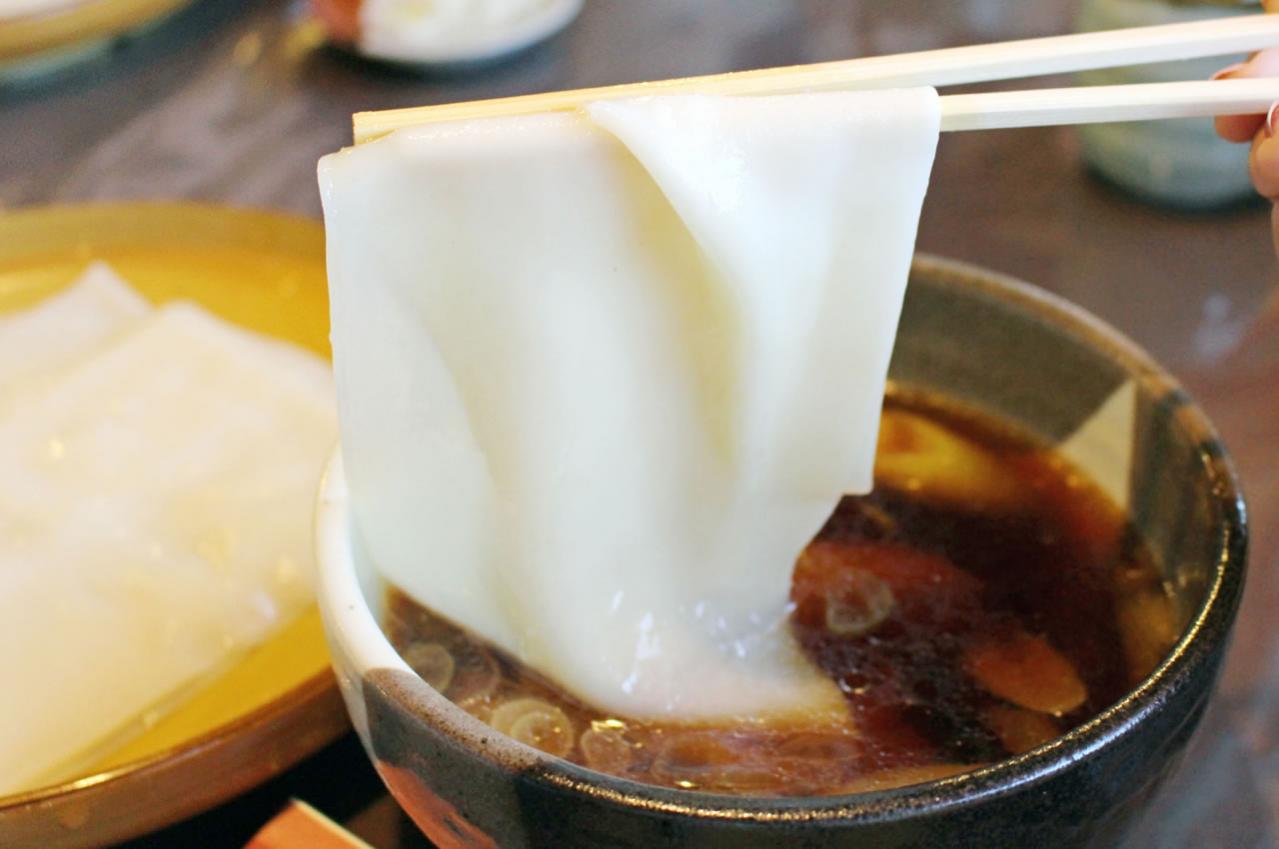
About Himokawa Udon
Himokawa Udon (ひもかわうどん, Himokawa udon) is a beloved local dish originating from Kiryu City in Gunma Prefecture, renowned for its uniquely wide and flat noodles. Unlike regular udon, these noodles can range in width from 1.5 cm to as much as 15 cm, resembling ribbons or sashes in appearance. This distinctive shape offers a smooth, slippery texture and a satisfyingly chewy bite.
The exact origins of Himokawa Udon remain unclear, but it is believed to have developed in the Edo period around the Kiryu area of Gunma. Kiryu flourished as a textile hub, and its workers sought convenient, hearty meals. With its broad, satisfying noodles, Himokawa Udon emerged as a popular choice. Over time, it became a staple in home cooking, with families adding their variations to the seasoning, noodle width, and thickness, resulting in the dish we enjoy today.
Made with just wheat flour, water, and salt, its simplicity highlights the importance of quality ingredients. Gunma is known for its premium wheat, which gives the noodles an exceptional flavor and texture. While primarily a carbohydrate-rich dish, adding toppings like vegetables, mushrooms, or meat to the broth enhances its nutritional profile with vitamins, minerals, and protein.
Himokawa Udon is traditionally served in a warm broth but can also be enjoyed cold, resembling zaru-style noodles. When served cold, the dipping sauce often features locally-made soy sauce and dashi, accentuating the natural flavors. Pairing the dish with seasonal vegetable tempura or mountain vegetable fritters adds delightful textures and flavors.
To complement Himokawa Udon, try a local sake from Gunma Prefecture. A rich, smooth junmai sake or a crisp ginjo sake with bright acidity pairs beautifully with the noodles, creating a balanced meal. For those who prefer non-alcoholic options, locally produced green tea or roasted hojicha makes an excellent choice. These teas cleanse the palate, enhancing the umami and overall enjoyment of this traditional dish.
Related videos
Reviews
There are no reviews yet.



